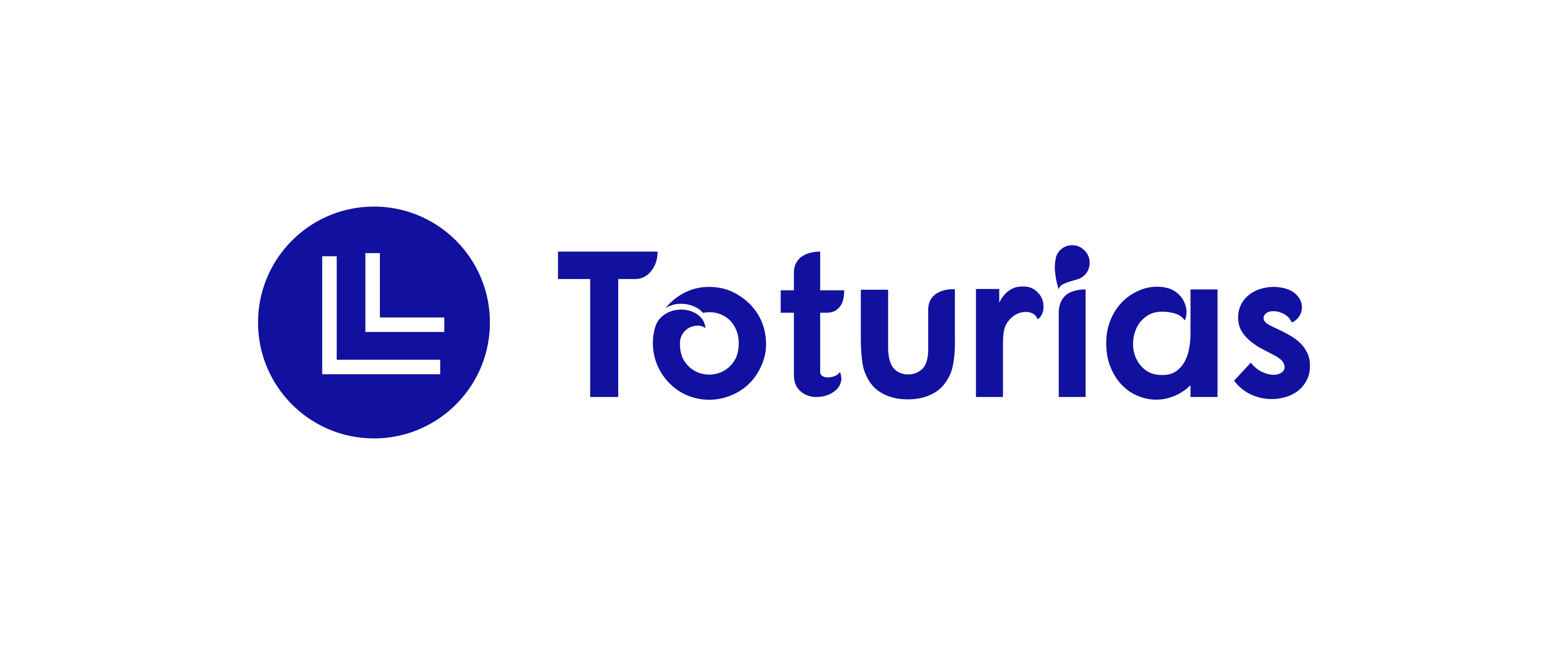Linux and Windows tutorials and guides
Kali Linux, a popular distribution for penetration testing and cybersecurity, provides various ways to manage applications. Sometimes, you may need to uninstall an application to free up space or remove unwanted software. In this blog post, we’ll explore different methods to uninstall applications in Kali Linux, including how to remove residual files.
Why Uninstall Applications?
Uninstalling unnecessary applications helps maintain system performance, reduces clutter, and frees up disk space. It’s an essential part of system management, especially in a specialized environment like Kali Linux.
Methods to Uninstall Applications
1. Using APT (Advanced Package Tool)
APT is a powerful package management tool commonly used in Debian-based distributions like Kali Linux. You can easily uninstall applications using the terminal.
Step 1: Open a terminal.
Step 2: Use the following command to uninstall an application:
sudo apt remove <package-name>- Replace
<package-name>with the name of the application you want to uninstall.
Example:
sudo apt remove nmapStep 3: To remove the application along with its configuration files, use:
bashCopy
sudo apt purge <package-name>Step 4: To clean up any residual files left behind by the uninstalled packages, run:
sudo apt autoremoveThis command removes any unused packages that were installed as dependencies but are no longer needed.
2. Using Synaptic Package Manager
If you prefer a graphical interface, the Synaptic Package Manager is a great option.
Step 1: Install Synaptic if it’s not already installed:
sudo apt install synapticStep 2: Launch Synaptic from the applications menu.
Step 3: Use the search bar to find the application you want to uninstall.
Step 4: Right-click on the application and select “Mark for Removal” or “Mark for Complete Removal” to remove the application and its configuration files.
Step 5: Click the “Apply” button to execute the removal.
Step 6: To remove any residual files, you can still run:
sudo apt autoremove3. Using dpkg
For applications installed via .deb packages, you can use dpkg to uninstall them.
Step 1: Open a terminal.
Step 2: Use the following command to remove the application:
sudo dpkg -r <package-name>Example:
sudo dpkg -r firefoxNote: If there are dependency issues, you may need to resolve them manually.
Step 3: To remove residual files, run:
sudo apt autoremove4. Using Flatpak
If you’ve installed applications using Flatpak, you can uninstall them easily with the following command:
Step 1: Open a terminal.
Step 2: Use the command:
flatpak uninstall <application-name>Example:
flatpak uninstall com.spotify.Client5. Using Snap
For applications installed via Snap, you can remove them using:
Step 1: Open a terminal.
Step 2: Run the command:
sudo snap remove <application-name>Example:
sudo snap remove vlcConclusion
Uninstalling applications in Kali Linux is a straightforward process, whether you prefer using the command line or a graphical interface. By managing your applications effectively, you can ensure your system runs smoothly and remains clutter-free.
Always remember to use sudo apt autoremove after uninstalling applications to clean up any residual files and dependencies. Choose the method that best suits your preferences and needs, and keep your Kali Linux environment optimized for your cybersecurity tasks.



